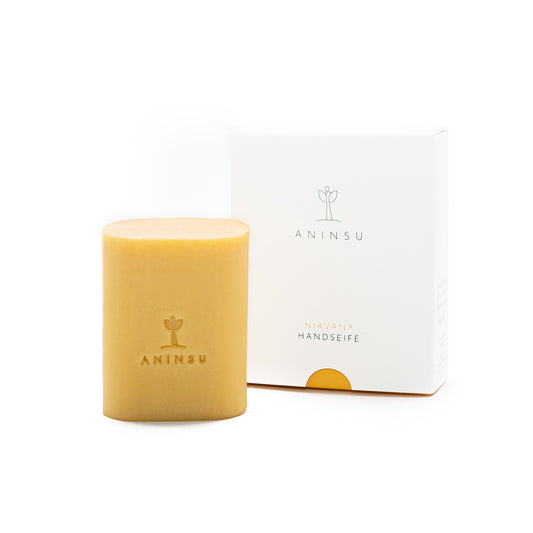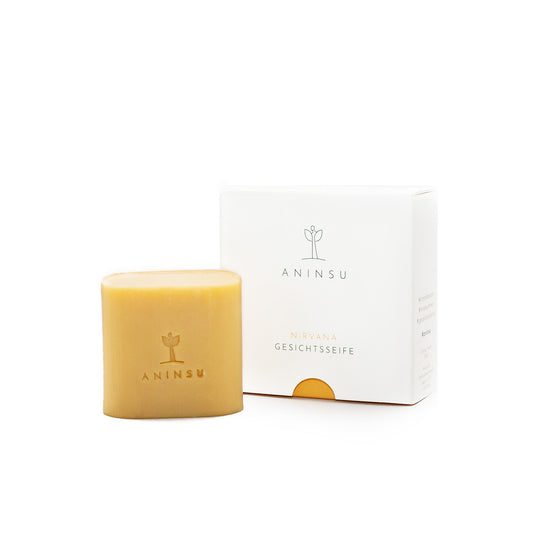We have all heard of Ayurveda, whether in connection with nutrition, health or even massages. This term gives many topics an exotic, mysterious touch. What exactly is behind it?
Science of long, healthy life
Ayurveda is a traditional Indian medical system that is still practiced today in India, but also in Sri Lanka and Nepal, for example. Depending on the source and perspective, its roots go back to 500 BC. or even up to the middle of the 2nd millennium BC. The term itself comes from Sanskrit and means something like knowledge of life or life wisdom or life science .
Put very simply, one can say that this healing teaching follows a holistic approach, which assumes that life is a unity of body, senses, mind and soul. Central components of Ayurveda as a lifestyle are, on the one hand, nutrition, yoga, herbal medicine as well as massage and cleansing techniques, and it can not only benefit the sick, but also help healthy people to stay healthy.
Ayurvedic diet
The teaching of optimal nutrition plays an essential role in Ayurveda and has an enormous influence on the physiological and psychological well-being of people. Accordingly, there are all kinds of tips on how to eat well and appropriately, for example:
- Drink only when you are thirsty and only warm water or herbal tea
- Eat only when you feel hungry
- Don't eat your fill, it's best to eat "two hands full".
- Don't eat too slowly, but don't eat quickly either, especially never in a hurry or standing up
- Regular warm meals: early in the morning, at noon (main meal) and in the evening (but not too late)
- Always eat after the last meal has been digested
- Avoid heavy, unripe, very acidic foods
- Prefer seasonal, fresh foods
- If possible, consider the six Ayurvedic flavors for all meals: sweet, sour, salty, bitter, pungent and astringent
- Never suppress natural needs, e.g. B. bowel movements, urination, flatulence, belching, yawning and crying
The purification of the body
The inner balance of the body plays a major role in Ayurveda. You will be examined by an Ayurvedic specialist using various methods so that they can then make a diagnosis. Based on this, appropriate therapies are then applied, which may also include nutritional and lifestyle advice, but go far beyond that. There are massages, various applications, measures from herbal medicine and yoga. In addition, cleansing the body may also include less pleasant therapeutic options, such as medical vomiting, purging, watery or oily enemas, and bloodletting. The therapy is always determined individually depending on the constitution, symptoms and life situation.
Difference between Ayurveda and Yoga
There are different traditions and philosophical considerations behind Ayurveda and Yoga. While the art of healing focuses more on the physical, yoga puts the spiritual in the foreground. Both go well together and can complement each other, which is why yoga is often part of Ayurvedic therapies.
Where can you get Ayurvedic treatments?
In India, Ayurveda is a medical degree that is studied for many years. This means that the practitioners are recognized doctors. In Europe, the situation is more difficult because we are primarily treated according to Western medicine and Ayurveda plays a secondary, subordinate role and there is no comparable and generally medically recognized training. In any case, the personal GP should be able to make a recommendation to a colleague or recognized location nearby.
In addition to literature on various aspects of Ayurveda, there is of course, for example, a nutritionist with a corresponding focus. Coaches can also be found in this area. Massage and yoga studios as well. In any case, you should find out about the qualifications of the employees in advance. Alarm bells should go off for autodidacts and other amateurs. Basically, there are a lot of rip-offs in the West with the "trendy term" Ayurveda, so please always ask several times what should be done in each case and how and what the professional foundation is.
There are therapies, cures and recreational trips of all kinds related to Ayurveda. The same applies here: what is the program, what benefit do you get and who is running it? If no meaningful qualification is recognizable, then rather resort to something else.
Important instructions
Also be careful with Ayurveda preparations and medicines, especially if they were not manufactured in Europe. Then it is not really guaranteed that there are no sheep substances in it and you may risk e.g. B. Heavy metal poisoning. In India, people are aware of this and strive to comply with international standards, but due to language barriers and a lack of transparency by many manufacturers, we generally recommend against everything that does not comply with European guidelines and does not contain a list of ingredients and instructions for use in German.
It is also important to understand that in our Western understanding, Ayurveda can complement our medicine, but not replace it. Surgical interventions, emergency medicine, the treatment of acute illnesses, etc. can only be carried out with our conventional medical measures. Ayourveda offers no alternatives for this.










